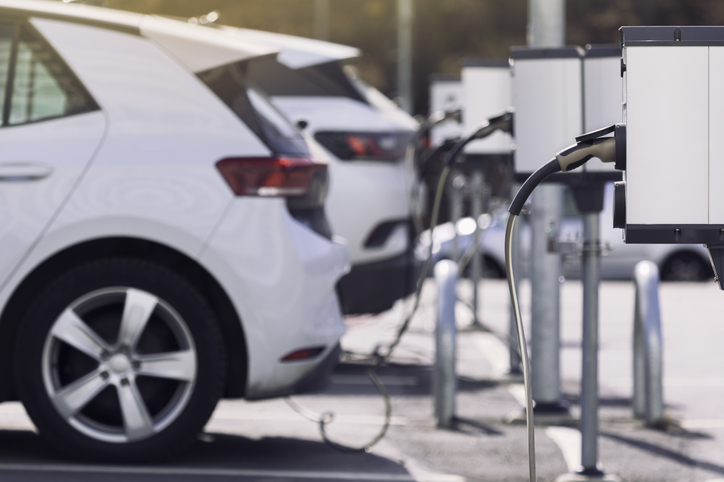By Emily Harris
With carbon emission reduction goals, transportation electrification, and renewable energy investments growing across the U.S., there is ample opportunity to utilize new technologies and create efficiencies in these systems working together. Microgrid-integrated electric fleet charging is a perfect example of stacking technologies for additional benefit. The decarbonization of the transportation sector, which currently accounts for nearly 30% of greenhouse gas emissions, has the potential to make a significant contribution to reducing carbon emissions. However, this transition also brings increased electric loads, the need for grid upgrades, reliability considerations, and increased electric-related costs for utility customers. Microgrid-integrated electric fleet charging technologies and onsite energy solutions are crucial in addressing these challenges during the energy transition.
The Need for Microgrid-Integrated Electric Fleet Charging Solutions
Integrating microgrids with electric fleet charging can help address major challenges surrounding grid congestion, electric transmission development hurdles, and provide local resilience through onsite energy sources. Additionally, technological advancements in smart charging can help mitigate the “duck curve” problem – the timing imbalance between solar power production and electric load demand.
The Technology Behind Microgrids
Microgrids are groups of controlled distributed energy resources (DERs), often comprising a mix of generation sources, such as solar panels or gas generators, and a system that allows for the deployment of stored energy on demand. These systems can either operate independently from the utility-supplied power grid or have the ability to connect to the larger electric grid.
The Electrification of Fleet Vehicles
The electrification of fleet vehicles introduces large batteries, often with set deployment schedules, that can be utilized as part of a microgrid system alongside generation sources. With new technological advances in smart charging abilities and vehicle-to-grid (V2G) charging capabilities, these fleet vehicle batteries can provide backup for onsite or local energy usage, demand response, peak shaving, and grid balancing.
The Opportunity for Efficiency
Onsite energy paired with fleet charging can alleviate strain on the electric grid and reduce overall transmission congestion, a growing concern with electrification. It also has the potential for significant cost savings. Facilities across the country can realize these cost savings through either facility ownership of onsite generation and storage or Power Purchase Agreements (PPAs) with onsite energy developers.
Microgrid-charged fleets can also contribute to important grid-stabilizing tactics. Utility grid blackouts and disruptions are becoming increasingly common, with the EIA noting that the average customer experienced over seven hours of power disruptions in 2021, with Texas experiencing twenty hours without power each year. Grid disruptions can be a reliability concern for electric fleet charging; coupling fleet charging with microgrid solutions provides independence and resilience from grid disruptions.
Moreover, electric fleet batteries can be used for further community resilience – an electric fleet during a grid emergency can potentially supply the community’s critical facilities with vital electricity through vehicle battery storage. Lastly, smart charging allows fleets to automatically charge when the grid or onsite energy generation sources have high supply and low demand, evening out imbalances such as the duck curve, allowing for further integration of renewable and clean energy on the grid. This automated technology can integrate managed charging with an electric fleet’s operation schedule.
The Benefits of Integration
Communities will see ongoing benefits from deploying electric vehicle charging alongside microgrid technologies. Energy resilience and independence from rising utility rates through onsite and local energy sources give electric fleets ongoing confidence in their charging reliability, cost savings, and clean energy integration.


